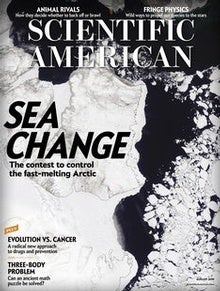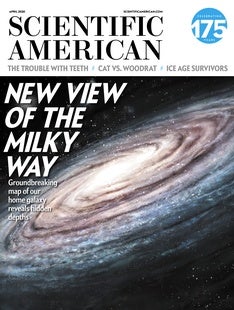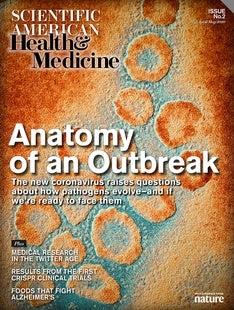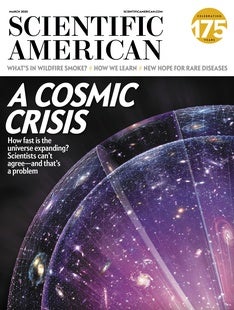 |
| April 01, 2020 |
Dear Reader,
The worldwide response to the coronavirus pandemic has been remarkable. It also raises the question why something similar has not happened to address another crisis in global medicine—the issue of increasing antibiotic resistance.Bacterial superinfections are often what make outbreaks like COVID-19 especially deadly. Our main story argues that these two public health challenges can only be solved with collective action. Next up, researchers who study Earth's movement are reporting a drop in seismic noise that could be the result of transport networks and other human activities being shut down. Also featured today is a story on how Twitter is fundamentally reshaping the way scientists and academic physicians can discover, discuss and share research. Important information for our print subscribers |
| | Sunya Bhutta, Senior Editor, Audience Engagement
@sunyaaa | |
 |
| |
| |
| |
| |
| Medicine How Twitter Is Changing Medical Research From online journal clubs to "tweetorials" to conference updates, social media is changing the dissemination and discussion of biomedicine | | By Nicole Wetsman,Nature Medicine | | | |
| |
| |
FROM THE STORE
 | | | |
| |
FROM THE ARCHIVE
 | | | |
LATEST ISSUES
 |
| |
| Questions? Comments?  | |
| Download the Scientific American App |
| |
| |




















Comments
Post a Comment